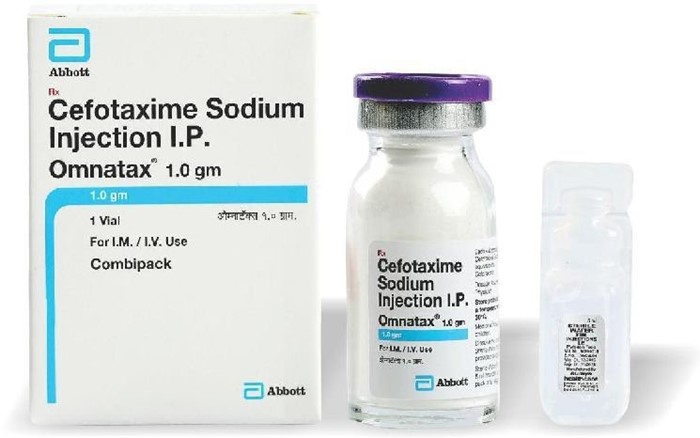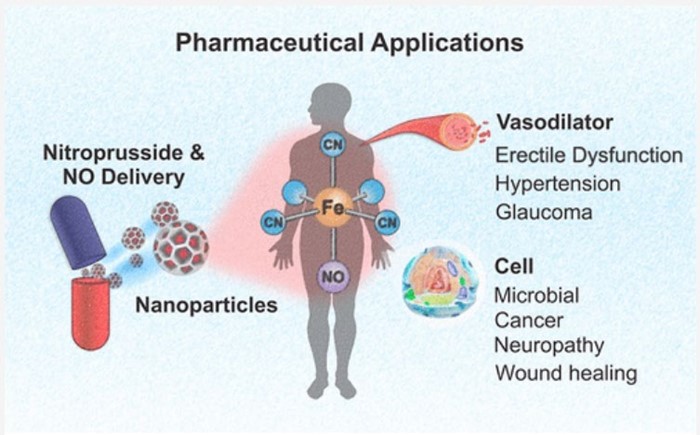A nurse is administering an intravenous (IV) infusion of 2 g cefotaxime dissolved in 100 mL of isotonic glucose solution to a client. The drop factor of the IV tubing is 15 drops/mL.
If the infusion time is 1 hr, what is the gt/min?
400 gt/min
6 gt/min
25 gt/min
9 gt/min
The Correct Answer is C
The gt/min is 25.
This answer is correct because it is based on a simple formula and calculation. The nurse should use the following formula to calculate the gt/min:
gt/min = (Volume in mL x Drop factor in gt/mL) / Time in min
Plugging in the given values, the nurse should get:
gt/min = (100 mL x 15 gt/mL) / 60 min
gt/min = 25
Therefore, the gt/min is 25.

Nursing Test Bank
Naxlex Comprehensive Predictor Exams
Related Questions
Correct Answer is B
Explanation
First, we need to convert the patient's weight from pounds to kilograms using the conversion factor 1 kg =
2.2 lb:
154 lb / 2.2 lb/kg = 70 kg
Next, we need to calculate the dose of nitroprusside in mcg/min using the formula Dose = Weight × Dosage:
Dose = 70 kg × 3 mcg/kg/min = 210 mcg/min
Then, we need to convert the dose of nitroprusside from mcg/min to mg/hr using the conversion factor 1 mg = 1000 mcg:
210 mcg/min × 1 mg/1000 mcg × 60 min/hr = 12.6 mg/hr
Finally, we need to calculate the rate of nitroprusside in mL/hr using the formula Rate = Dose/Concentration:
Rate = 12.6 mg/hr / 100 mg/mL = 0.126 mL/hr
To round to the nearest hundredth, we get 0.13 mL/hr, which is approximately equal to 1.26 mL/hr.
Therefore, the nurse should program the IV pump to deliver nitroprusside at a rate of 1.26 mL/hr.

Correct Answer is A
Explanation
Insulin is a hormone that helps regulate blood sugar levels. It is usually injected into the fat layer just under the skin (subcutaneous or SubQ) using a syringe and needle or a pen-like device². Insulin syringes are marked in units of insulin, not milliliters or cubic centimeters. The most common insulin syringe holds 1 mL of fluid and has markings for 100 units of insulin². A U-100 syringe means that for every 1 mL of fluid, there are 100 units of insulin³.
To administer 14 units of insulin, you would need to draw up 0.14 mL of fluid in a U-100 syringe. You would inject the insulin into your abdomen, upper arm, butocks, hip, or the front or side of the thigh¹. You would use a different area within the site each time you inject insulin to prevent lumps, swelling, or thickened skin¹.
The other options are incorrect because:
b) There is no need to divide the dose into two injections. This would increase the risk of infection and pain.
c) A tuberculin syringe is not designed for insulin administration. It is marked in milliliters or cubic centimeters, not units of insulin. Using a tuberculin syringe could result in an incorrect dose of insulin.
d) The timing of insulin administration depends on the type and duration of insulin. Some insulins are taken before meals, some are taken after meals, and some are taken once or twice a day. The primary healthcare provider should specify when to take the insulin.
Whether you are a student looking to ace your exams or a practicing nurse seeking to enhance your expertise , our nursing education contents will empower you with the confidence and competence to make a difference in the lives of patients and become a respected leader in the healthcare field.
Visit Naxlex, invest in your future and unlock endless possibilities with our unparalleled nursing education contents today
Report Wrong Answer on the Current Question
Do you disagree with the answer? If yes, what is your expected answer? Explain.
Kindly be descriptive with the issue you are facing.
